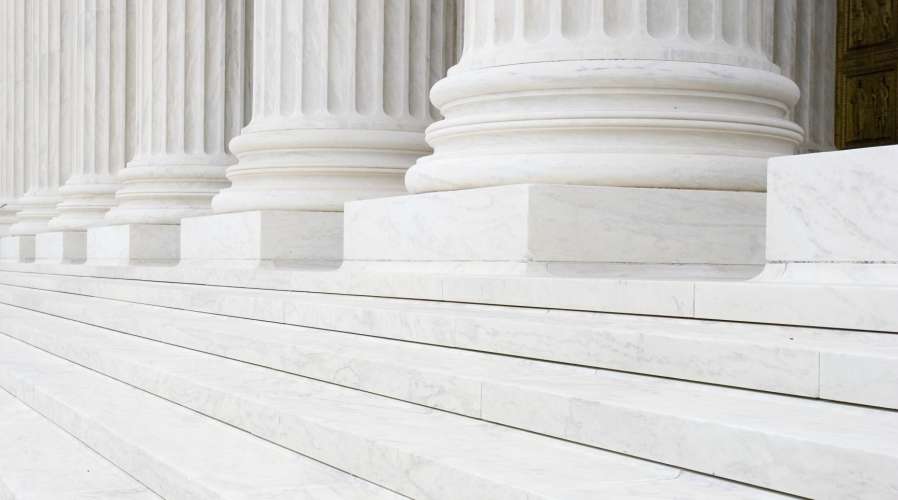
(4 min read)
The artwork known as the "Double Portrait of the Cheeke Sisters" was painted around the year 1640 and, in 2013, the Van Dyck piece was sold. Thereafter it was held by the well-known art collector James Stunt and then became subject to a prolonged ownership dispute following his bankruptcy. Judgment has finally been delivered to determine that the prize piece forms part of the bankrupt estate of James Stunt and therefore available to repay his creditors. This serves as an important reminder to properly document the intended ownership of all artwork and other assets between family members.
James Stunt's father (Geoffrey Stunt) paid for the Van Dyke piece when it was acquired for the sum of £600,000, by cheque from his personal bank account. Thereafter the art was managed by James Stunt and, when he was declared bankrupt in 2019, a dispute arose between the trustees in bankruptcy, who argued that the artwork had been gifted by his father to James Stunt (and therefore available to repay creditors in his bankruptcy) and his father who claimed that there was no intention to gift the piece to his son (and therefore the artwork belonged to the father and should not be included in his bankrupt estate).
The court held that the artwork had been gifted by the father to his son, as English law presumes that assets (or cash) given by a parent to a child are gifted unless evidence shows a different intention (known as the "presumption of advancement"). In this instance, the court did not find convincing evidence that the father was the intended owner of the piece, notwithstanding that it was paid for from his personal bank account and he undertook the negotiation. More convincing to the court was:
(a) the invoice and export licence that identified the son as the buyer / owner;
(b) the son arranging a loan of the piece to the Huntington Library Art Museum in the US;
(c) a proposed individual voluntary arrangement (IVA) by the son during his financial difficulties which included the artwork as one of his assets;
(d) the son had previously instructed auctioneers to sell the piece and disclosed himself as the sole owner at that time; and
(e) the first assertion of the father's ownership only being made when the artwork became part of a freezing order placed over the assets of the son.
It is worth noting that similar issues have arisen in relation to consignment, where a collector entrusts a piece to a dealer (for example) for them to sell. Often owners "consign" works of art, without any paper trail, to dealers who then take out loans and secure these loans against the works of art in their possession. This may cause issues with any loans obtained by the owner against same piece and if the dealer defaults on their loan(s) or simply goes bankrupt whilst the works of art are in their gallery, any insolvency practitioners (for example) the receivers may assume that the works form part of the dealer's bankrupt estate.
As such, if you are collecting or consigning artwork or other luxury assets within your family, or a lender providing finance for them, it is important to:
- ensure that any title documents, bills of sale, invoices and import / export licences, for example, name all intended owners accurately;
- keep a record of the intended owner providing their consent if another person or family member deals with the asset (such as lending art to galleries or consigning to an auction house);
- regularly update any will and trust arrangements to ensure that newly acquired assets are included;
- keep a formal record of any assets or cash amounts transferred between family members that are not intended to be gifts; and
- in relation to any consignment arrangements, clearly record and document the agreement.
There is also a note of caution in accurately itemising any assets when rescheduling debts, proposing IVAs and/or applying for the Debt Relief Scheme (breathing space) – it is important to ensure that the items declared are those owned by you.








